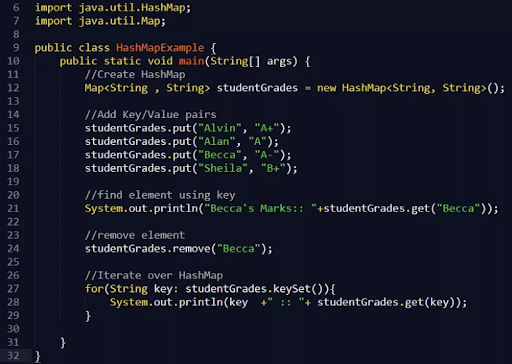What are the Differences between Java SE, Java EE, and Java ME?

Java comes in different editions for various types of applications. Java SE is for general-purpose desktop and server applications. Java EE is for large-scale enterprise applications with added features like web services. Java ME is for small devices like mobile phones, with limited resources and special requirements.
In the software development industry, understanding the Java development life cycle is essential for efficiently building, deploying, and maintaining Java applications. However, each edition is tailored to suit specific needs, making Java versatile and widely used. In this article, we will explore the differences between Java SE, Java EE, and Java ME:
Java Standard Edition (Java SE)
Java Standard Edition (Java SE) is a popular technology used to create various software applications. It forms the core foundation of Java programming, offering essential tools and functionalities that developers need. Java SE provides a platform for writing and running Java programs on devices like computers and mobile phones.
It includes a virtual machine that interprets the code and makes it work on various operating systems. Java SE is widely used for web development, enterprise applications, and even games. It's a powerful and versatile tool that helps developers bring their ideas to life and build robust applications for everyday use.
Java SE comes with many helpful features and libraries that make programming easier and more efficient. These features include a vast collection of predefined commands and functions that programmers can reuse to perform common tasks quickly. Java SE also offers strong security mechanisms, keeping software safe from potential threats.
Additionally, it provides a variety of tools for debugging and monitoring the performance of applications. The platform supports internationalization, seamlessly enabling software to work in different languages and regions. Moreover, Java SE is continually evolving, with updates and improvements released regularly, ensuring that developers have access to the latest advancements and capabilities to build top-notch software.
Java Enterprise Edition (Java EE)
Java Enterprise Edition (Java EE) is a platform for building large-scale applications used by businesses. It provides tools and libraries to make the process easier and more efficient. Java EE simplifies the development of web-based and enterprise-level software, ensuring they are robust and secure.
Java EE uses containers to run applications, making managing and deploying them easier. These containers handle various server-side technologies, like servlets and JavaServer Pages (JSP), enabling the creation of dynamic web pages. Java EE servers manage communication between clients and applications, ensuring smooth interactions and scaling capabilities.
Enterprise JavaBeans (EJB) is a part of Java EE that helps manage application components, making them reusable and manageable. Java Persistence API (JPA) allows storing and retrieving data from databases in a straightforward way, simplifying the handling of data in Java EE applications. Together, EJB and JPA provide essential tools for creating efficient, enterprise-level applications.
Java Micro Edition (Java ME)
Java Micro Edition (Java ME) is a specialized version of the Java programming language tailored for small-scale devices, such as mobile phones and embedded systems. Its primary purpose is to enable the execution of Java applications on these resource-constrained devices, enhancing their functionality and versatility. Java ME achieves this by dividing devices into specific groups based on their capabilities, known as profiles and configurations.
Profiles define sets of features suitable for particular types of devices, while configurations establish the necessary software environment for a device to run Java ME applications effectively. This modular approach ensures that Java ME can cater to a wide range of devices with varying hardware constraints and capabilities.
By utilizing Java ME, developers can create lightweight applications that consume minimal system resources. This results in efficient performance and extends the battery life of these devices.
With the magic of Java, Java ME empowers mobile phones and embedded systems, making them smarter and more capable of running a diverse range of applications, from basic utilities to more sophisticated software.
Java ME has played a crucial role in expanding the capabilities of small devices, enabling them to access a broader range of features and services, ultimately enhancing the user experience.
Conclusion
Java SE, Java EE, and Java ME are different versions of the Java programming language. Java SE, which stands for Java Standard Edition, is used for general-purpose applications on desktops and servers. Java EE, or Java Enterprise Edition, is for building large-scale enterprise applications and runs on servers.
Java ME, or Java Micro Edition, is designed for small devices like mobile phones and IoT devices. In short, SE is for regular applications, EE is for big business stuff, and ME is for tiny devices. If you are looking for Java development agencies for your projects, check out the list of best Java development agencies.
If you're wondering how to hire the best Java developers, there are several key factors to consider. Look for candidates with a strong foundation in Java SE and Java EE, as these are the most commonly used versions in the industry.
In conclusion, selecting skilled developers experienced in Java EE is pivotal for successful enterprise-level applications. Thorough interviews and assessments are crucial. Considering Finoit, under CEO Yogesh Choudhary's guidance, ensures expertise and reliability in your development endeavors.



